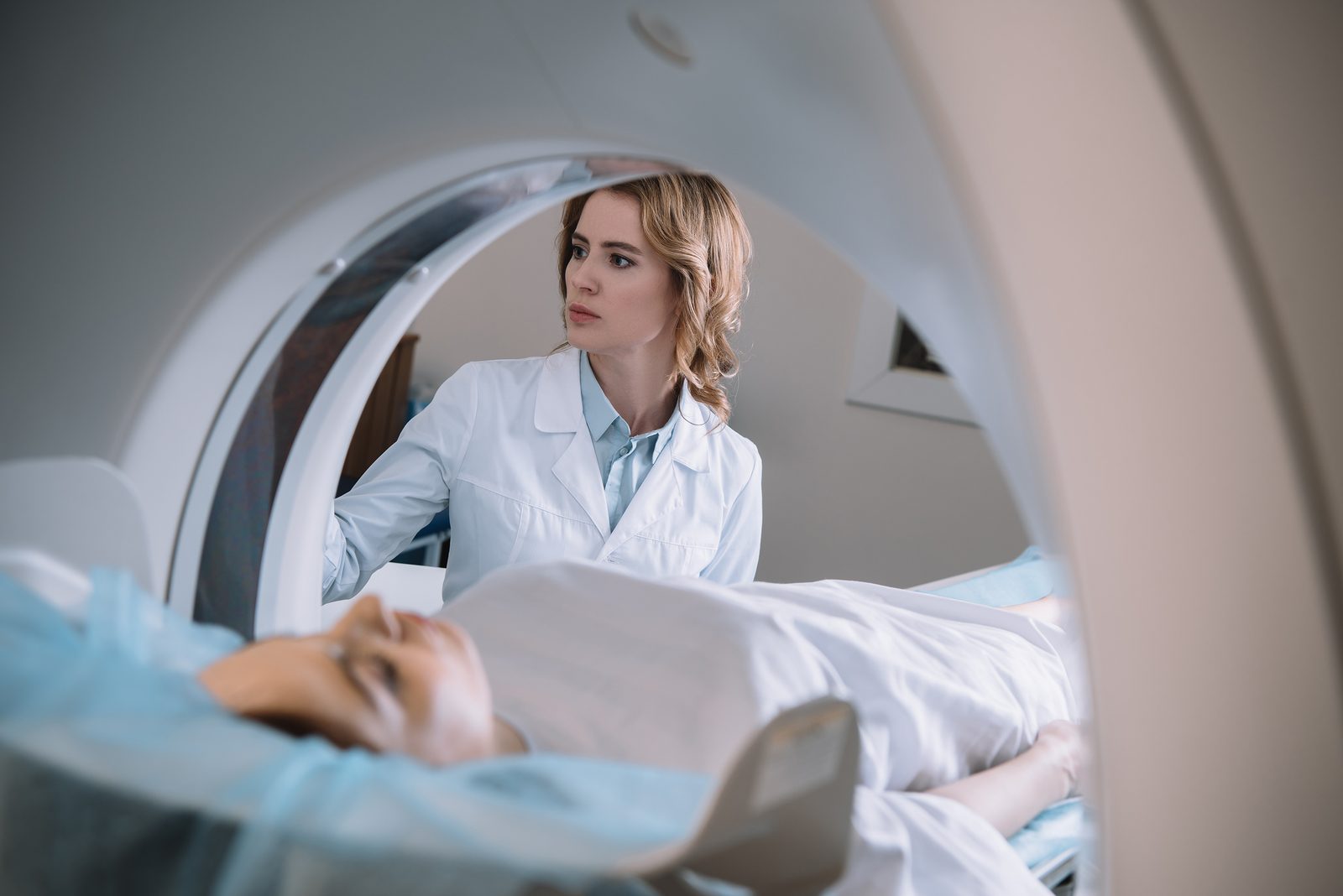COMPUTED TOMOGRAPHY (CT)
WHAT IS COMPUTED TOMOGRAPHY (CT)?
Computed Tomography (CT) is a diagnostic imaging procedure that uses multiple narrow beam X-rays to generate a cross-sectional image of the body. The images are transferred to a computer, and a 3D image can be generated, providing a detailed view of bone, tissues and organs and their relation to each other as well as any abnormalities. Because CT uses X-rays, viewing soft tissues may require the addition of a contrast agent. Injecting a contrast agent into the bloodstream while taking CT images allows your Esse Health Radiologist to check for blockages in blood vessels. Oral contrast agents can be administered for imaging the digestive tract.
THE PROCEDURE
If a contrast agent is needed, it will be administered first. The CT scan itself requires you to lie on an examination table that moves slowly through the donut-shaped X-ray machine. You may be asked to change positions to provide a different angle for imaging. The procedure usually takes 15-30 minutes.
REASON FOR THE PROCEDURE?
CT is used to locate tumors, blood clots, bleeding, excess fluid and can provide valuable information on complex bone fractures, eroded joints and bone tumors. CT scans can detect and monitor conditions, including cancer, heart disease and lung and liver masses. CT scans are routinely used in hospitals to evaluate the extent of internal injuries.
SIDE EFFECTS, RISKS, AND COMPLICATIONS?
Although CT uses lower strength emissions, there is a higher overall X-ray exposure than a typical X-ray. However, your risk for cancer is based on the additive accumulation of all X-ray procedures performed over a lifetime. Some patients may have an allergic reaction to the contrast agent used. Please notify your Esse Health Radiologist if you have had allergic reactions to contrast agents in the past.


